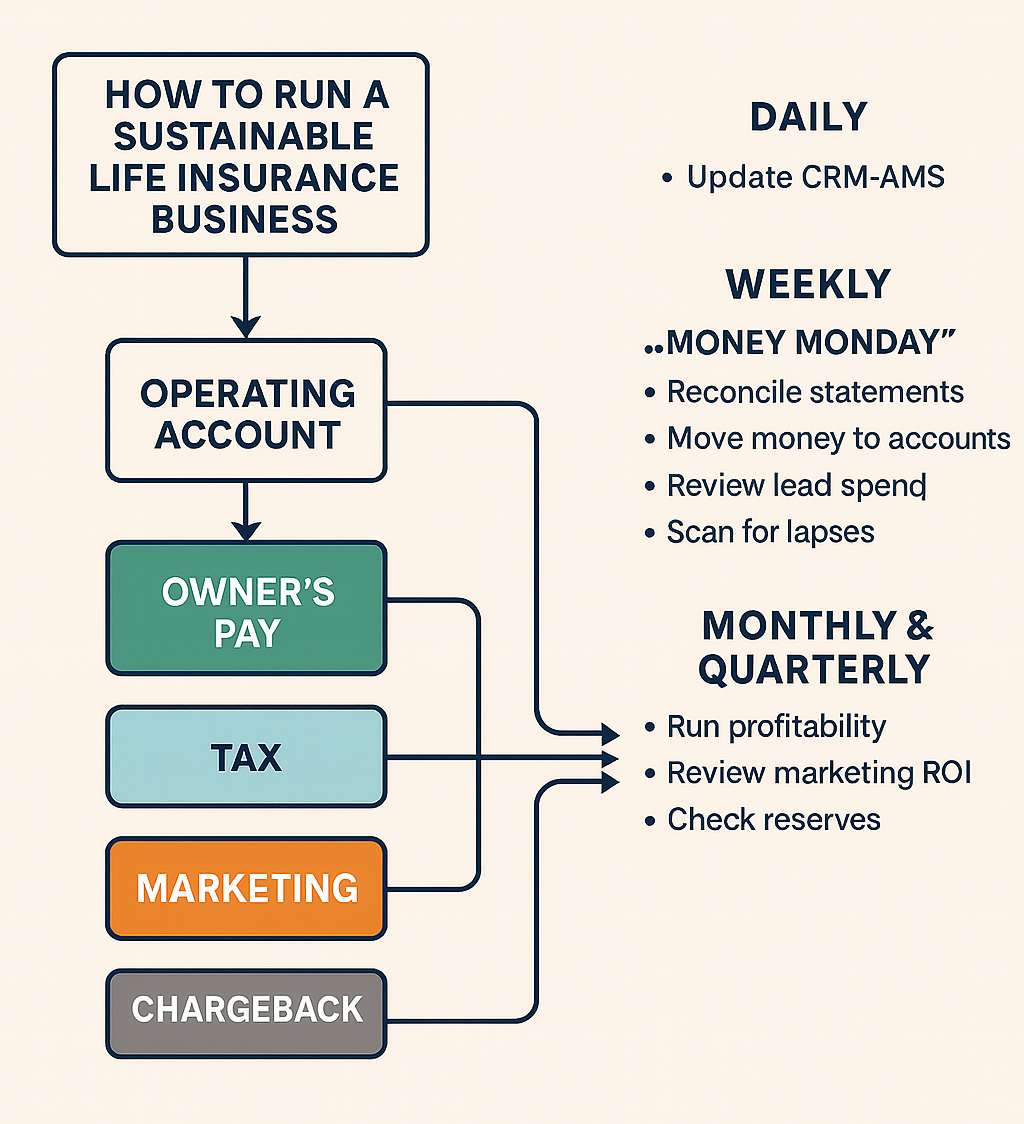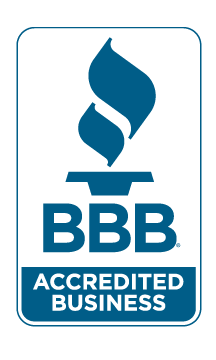Most people in life insurance sales have never heard of neurolinguistic sales. And if they have, it probably sounds like another buzzword that doesn’t apply to them. But here’s the truth: neurolinguistics, at its core, is simply about how language influences thinking. As mentors and professionals, we know that what we say and how we say it can either confuse a client or bring clarity. It can either build trust or build walls.
This article is not about tricks. It’s about words you can use—practical, ethical language patterns—that help families make clear decisions about life insurance. Whether you’re sitting across the kitchen table, talking on the phone, or presenting on Zoom, these principles apply. My goal is to hand you a mentor’s playbook so you can feel confident using words that close.
Why Words Matter in Life Insurance Sales
Life insurance is unlike selling a car, a phone plan, or even a mortgage. You’re asking someone to make a decision today that may not show its value until decades later. The stakes are emotional and financial at the same time.
That’s why many clients hesitate. They worry about cost. They feel overwhelmed by options. Or they avoid the conversation because the subject of death is uncomfortable.
Here’s where neurolinguistic sales comes in. By choosing the right words, you reduce complexity, ease anxiety, and guide people through a logical yet empathetic process. The right words shine light on the decision rather than adding fog.
The Core Skills of Neurolinguistic Sales
Think of these skills as tools in your mentorship toolbox. You don’t need them all at once, but the more you practice, the more natural they become.
1. Mirroring and Labeling
When a client shares a concern, reflect their words back briefly.
- Client: “I’m worried about the budget.”
- You: “Budget’s the big concern—makes sense.”
This shows you listened, not just heard. People feel safe when their thoughts are acknowledged.
2. Chunking
Big decisions feel smaller when broken into steps. Instead of dumping everything at once, chunk it into three parts:
- Why coverage matters
- How much is needed
- Which type of policy fits
This reduces overwhelm and keeps the client with you.
3. Sensory Clarity
Avoid jargon. Use simple, concrete words.
- Instead of: “A term policy provides temporary coverage with fixed premiums.”
- Try: “This policy guarantees your family a $500,000 tax-free check if something happens to you during the next 20 years.”
Clarity builds confidence.
4. Future Pacing
Help clients imagine the benefit.
- “Imagine six months from now—you know the mortgage is covered no matter what happens.”
People make decisions emotionally first, logically second. Future pacing taps into that.
5. Teach-Back
Confirm understanding by asking them to explain in their own words.
- “Just to be sure I explained it well, how would you describe this plan to your spouse?”
This prevents confusion and gives you a chance to correct gently.
6. Choice Architecture
Never overwhelm with five or six options. Present two or three, with one clear recommendation.
- Most parents pick either Option A or B. Given what you shared, I recommend B.”
Choices without direction cause paralysis. Guided choices create action.
Applying These Skills Across Different Channels
Selling life insurance isn’t one-size-fits-all. You’ll need slight adjustments depending on whether you’re face-to-face, on the phone, or using Zoom.
Face-to-Face
- Sit slightly angled, not directly across like an interrogation.
- Use one simple visual aid—a single page or whiteboard sketch.
- Allow pauses. Silence shows respect and gives clients space to think.
Phone Sales
- Slow your speech slightly, about 10–15% slower than normal.
- Summarize often: “Here’s what we’ve covered so far…”
- Use “verbal nods”: phrases like “Right,” “Got it,” or “Exactly.” They substitute for body language.
Zoom Presentations
- Keep your camera at eye level—no looking down at clients.
- Screen-share only one or two visuals. Avoid overwhelming slides.
- Use annotation tools to circle or underline key numbers live on screen.
A 15-Minute Conversation Map
Here’s a simple outline you can follow. Think of it as your “closing compass.”
Minute 0–2 – Permission & Agenda
“Let’s spend about 15 minutes together. First your goals, then the right amount of coverage, then which policy type fits. Sound good?”
Minute 3–6 – Goals with Labeling
“So protecting income until your youngest is 18 is top priority—did I get that right?”
Minute 7–9 – Amount with Chunking & Teach-Back
“Rule of thumb is 10–12× income. If we use $80k, that’s about $800–960k. How would you explain that rule to your spouse?”
Minute 10–12 – Plan Options with Choice Architecture
“Option A: 20-year term, $800k. Option B: 20-year term, $1M. Given your mortgage balance, I’d recommend B.”
Minute 13–15 – Future Pace & Next Step
“If we get this in place today, you’ll sleep easier tonight knowing the house and tuition are protected. Okay to start the quick health questions?”
Handling Common Objections with Neurolinguistic Sales
Objections are natural. They don’t mean “no,” they mean “help me understand.”
“Let me think about it.”
“Totally fair. When most people say that, they’re weighing either budget or fit. Which one should we unpack together?”
“I can’t afford it.”
“Budget matters. If we kept it near $X/month and still covered the mortgage, would that help?”
“I’m healthy, I don’t need it yet.”
“That’s exactly why it’s least expensive right now. Future-you will thank present-you for locking in your health rate.”
Notice the pattern: you acknowledge, label, and then reframe without pressure.
Mini Openers You Can Use
You don’t need scripts, but having a few openers ready helps.
- Face-to-face: “Before we look at numbers, what’s the one thing you’d want this policy to guarantee for your family?”
- Phone: “Most of my clients want to either protect income or pay off the house—sometimes both. Which matters more for you?”
- Zoom: “On your screen, the green box is total coverage. The blue line shows the 20-year term. See how it lines up with your kids’ college years?”
These aren’t manipulative. They’re clear and conversational.
A Self-Coaching Checklist
After each meeting, ask yourself:
- Did I label their top concern in their words?
- Did I chunk the decision into steps?
- Did I use teach-back before recommending?
- Did I present no more than three options?
- Did I future pace the benefit and ask for a clear next step?
Answering “yes” consistently means you’re practicing neurolinguistic sales at a high level.
Why This Approach Works
Think about the best mentors you’ve ever had. They didn’t just give you information—they gave you clarity. That’s what these language patterns do for your clients. They clarify, simplify, and personalize.
And remember: life insurance isn’t about closing in the sense of winning a sale. It’s about closing the gap between a family’s need and the protection they don’t yet have. The right words help you bridge that gap.
Closing Thoughts
Words are tools. Used carelessly, they create confusion. Used with intention, they create trust and action. Neurolinguistic sales isn’t a theory—it’s a set of habits you can apply right now.
So next time you sit down with a client, pick up the phone, or log onto Zoom, remember this: label their concern, chunk the decision, teach it back, and future pace the benefit. That’s how you use words that close.
© Copyright. Legacy Agent, LLC. All Rights Reserved.












